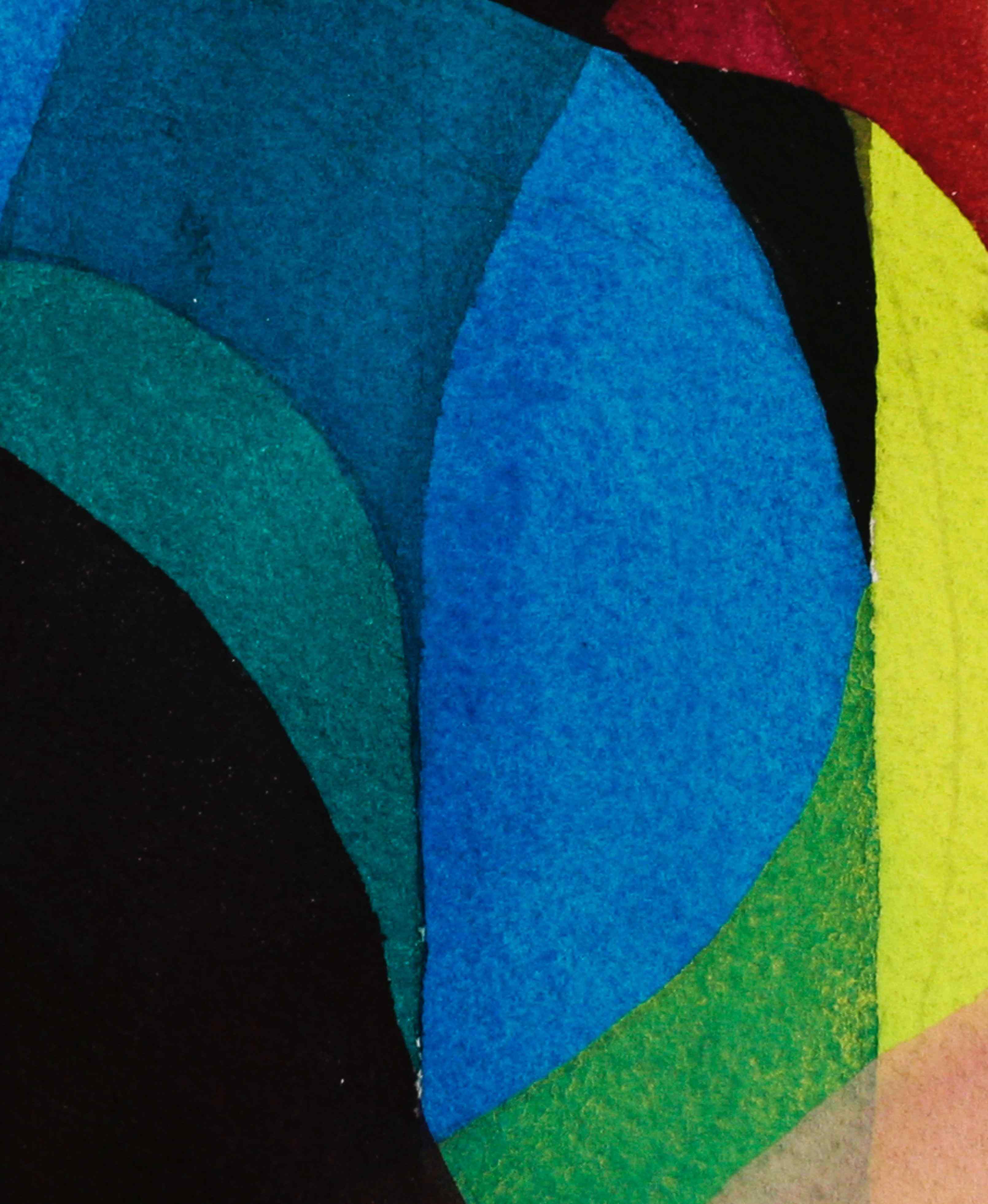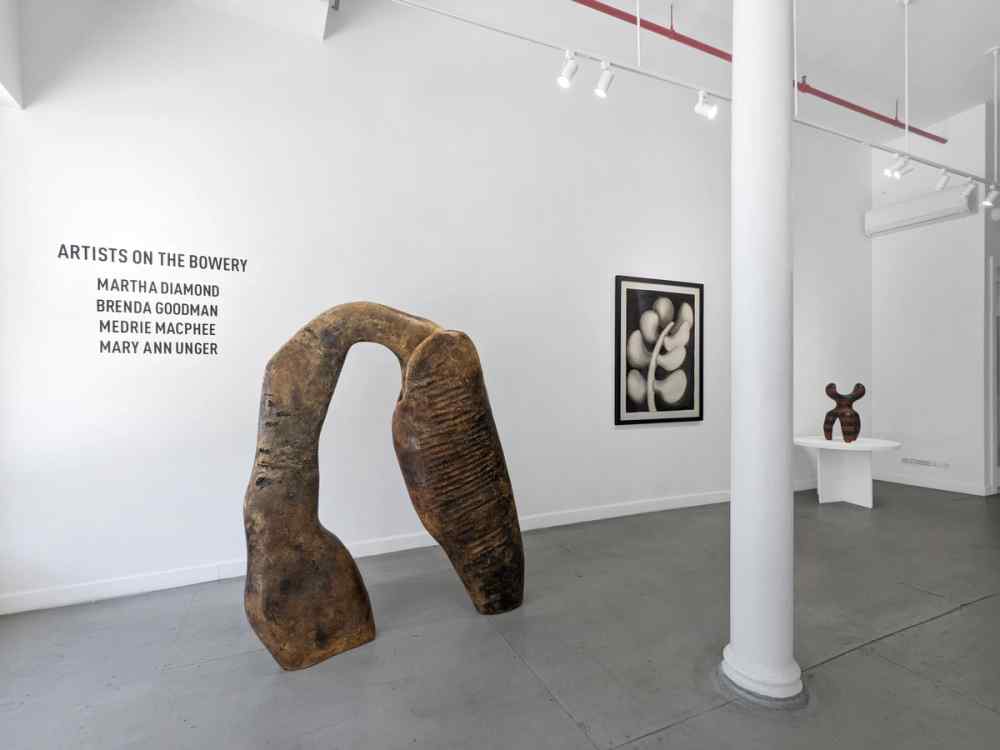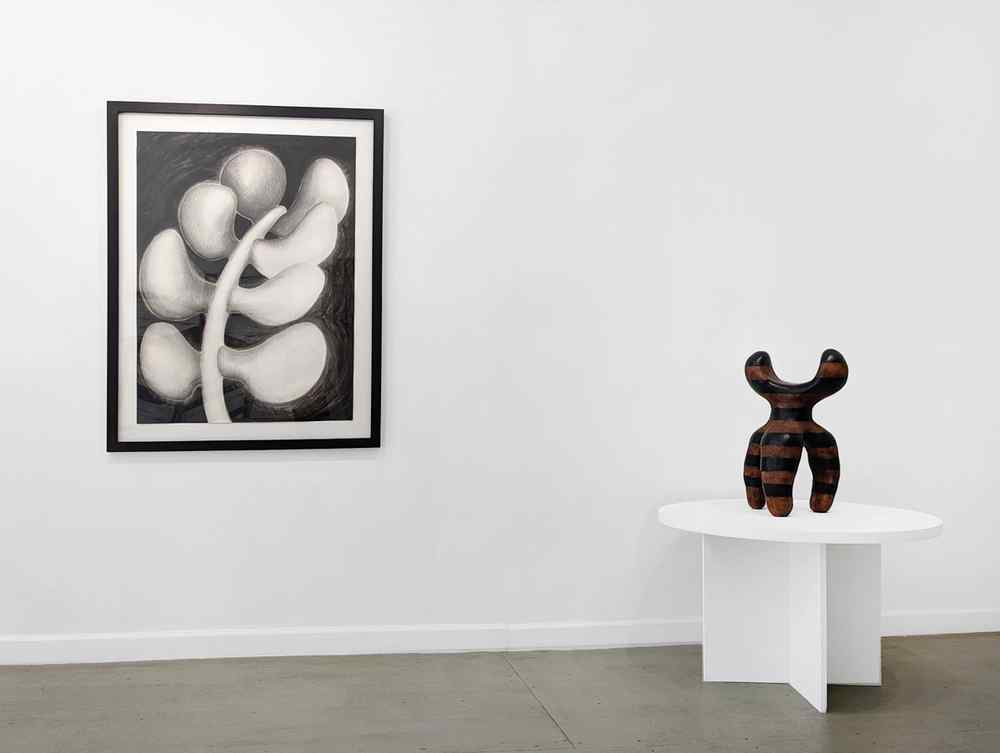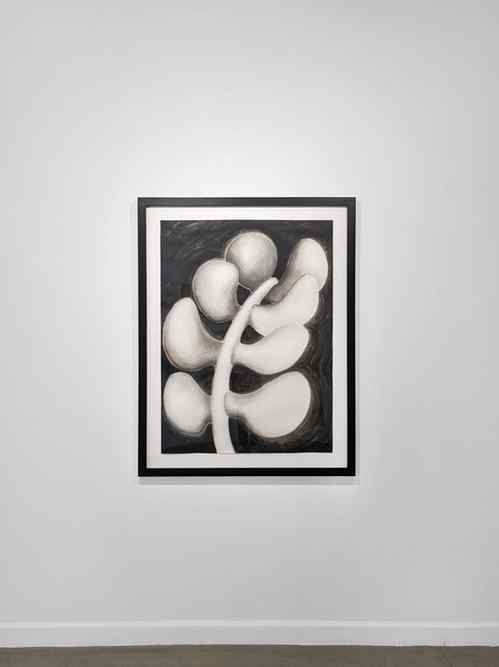- Exhibition Title
- Artists on the Bowery Part 3
- Show Type
- Group
- Curator
- James Cavello
- Venue
- Westwood Gallery
- Year
- 2022
- Location
- New York, NY
Press Release
WESTWOOD GALLERY NYC presents “Artists on the Bowery Part 3,” an exhibition of recent and historic paintings, works on paper, and sculpture by artists Martha Diamond, Brenda Goodman, Medrie MacPhee, and Mary Ann Unger. This is the third exhibition in a series focused on Contemporary artists who have lived and worked in the Bowery Arts District between 1970s-present in New York City, curated by James Cavello as part of the core gallery program. WESTWOOD GALLERY NYC is pleased to collaborate on the exhibition with Magenta Plains, Sikkema Jenkins & Co., Tibor de Nagy Gallery and Davidson Gallery. On view from June 25 - August 27.
The Bowery has been a haven for artists to establish live/work studios in a neighborhood previously known as ‘skid row’, with its flop houses, underground clubs, factories, and wholesale lighting and restaurant supplies stores. Artists were pioneers of the distressed area due to the reasonable rents and expansive spaces to work. Over four hundred artists have been identified as having studios on the Bowery from the early 1920s-present, often catalysts for some of the most important artistic movements in Post-War Art History, including Abstract Expressionism, Minimalism, Conceptualism, Pop Art, Color Field Painting and more. It has attracted the talents of Clyfford Still, Mark Rothko, Ferdinand Léger, Jean Dubuffet, Willem de Kooning, Franz Kline, Louise Nevelson, Robert Indiana, Eva Hesse, Will Insley, Robert Ryman, Lynda Benglis, Cy Twombly, Charles Hinman, James Rosenquist, John Giorno, Adrian Piper, Roy Lichtenstein, Janet Fish, Joe Overstreet, Inger Johanne Grytting, Tom Wesselmann, Roger Welch, Alan Steele, numerous other artists, and the four artists featured in the gallery exhibition.
Known for her abstract cityscapes, Martha Diamond (b. 1944) moved to the Bowery in the 1969 and began creating atmospheric paintings at the intersection of the New York School, New Image Painting, and Neo-Expressionist movements. Inspired by the architecture of New York City, Diamond renders the energy of the simple vision of the city into lyrical canvases, often focused on a singular color for the entire composition and utilizing her non-dominant hand as well as a wet-on-wet painterly technique. In “White Glass” (1989), Diamond renders the New York City experience of viewing light bouncing off glass and steel skyscrapers in a fine mist.
Originally a member of Detroit’s Cass Corridor Movement in the 1960s, Brenda Goodman (b. 1943) moved to the Bowery in 1976 and began expanding upon the work of Abstract Expressionism by rendering strong private emotions through a mix of figuration and abstraction. After carving gouges into wood panels with a linoleum cutter, Goodman intuitively applies thin layers of color to either create shapes from the markings, or ignores the patterns, filling in the channels. In “The Sun Does Shine” (2019), Goodman utilizes a contrast of bright and muted colors to render an imaginative abstraction that feels equal parts cityscape and landscape. Additional works in the exhibition include “Double Talk” (2019) and “Back + Forth” (2019).
Medrie MacPhee (b. 1953) moved to the Bowery in 1976 from her native Canada and used principles of architecture to focus on restoration. In recent years, MacPhee’s work has dramatically changed from her early work to include collaged cut-up discount clothing with oil paint. Juxtaposing the flat nature of the solid, brushed, or wiped paint with the textured fabric, seams, buttons, and zippers of the garments, her recent paintings create a visual matrix of real objects with abstractions of architectural forms. For the new paintings in the exhibition, MacPhee continues her explorations with salvaged scraps in the blue, yellow, and burgundy
“Sign Language” (2022) and the white, grey, and blue “Tipping Point” (2022).
Celebrated sculptor, Mary Ann Unger (1945-1998) moved to the Bowery in 1975, where she developed groundbreaking, post-minimal sculptures rooted in organic form, gender, and the body. Pushing the boundaries of female sculpture, Unger was deeply engaged in 1970s-feminism and activism as well as battling a long illness with breast cancer from 1985 to her passing. Her sculptures reflect a coexistence of death and life, while imbuing what Roberta Smith calls “a sense of mythic power with a sensitivity to shape that was all their own.”
Exhibited together, Diamond, Goodman, MacPhee, and Unger represent a break from art historical definitions and mix abstraction with innovative viewpoints on cityscapes, architectonic principles, and recurring themes of regeneration and universal personal introspection. Their artistic practices are intimately intertwined with the creative network of hundreds of artists who shared resources and freely exchanged ideas on the Bowery, one of the most important creative spaces of the twentieth century.




